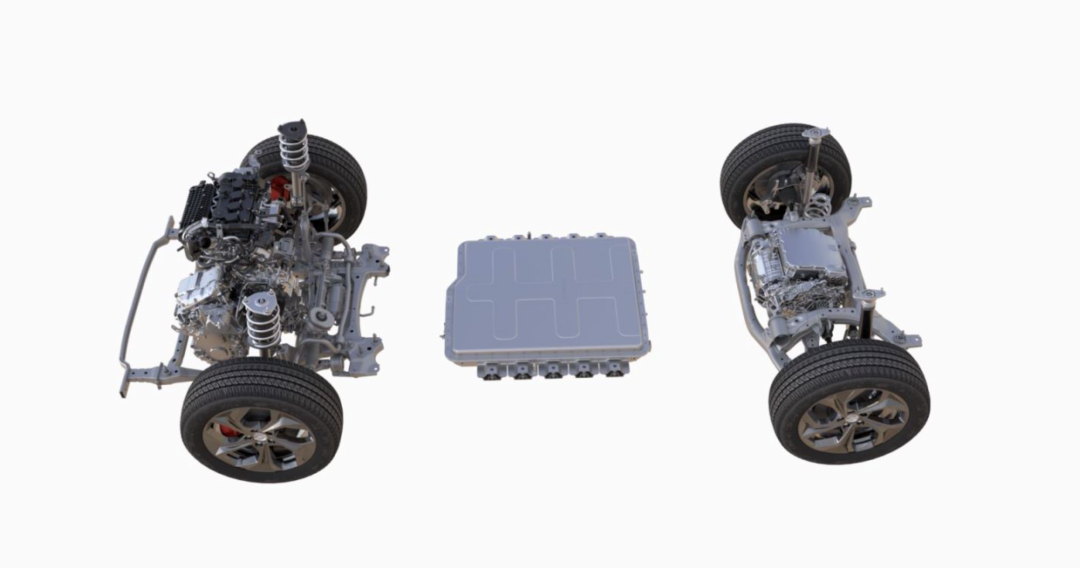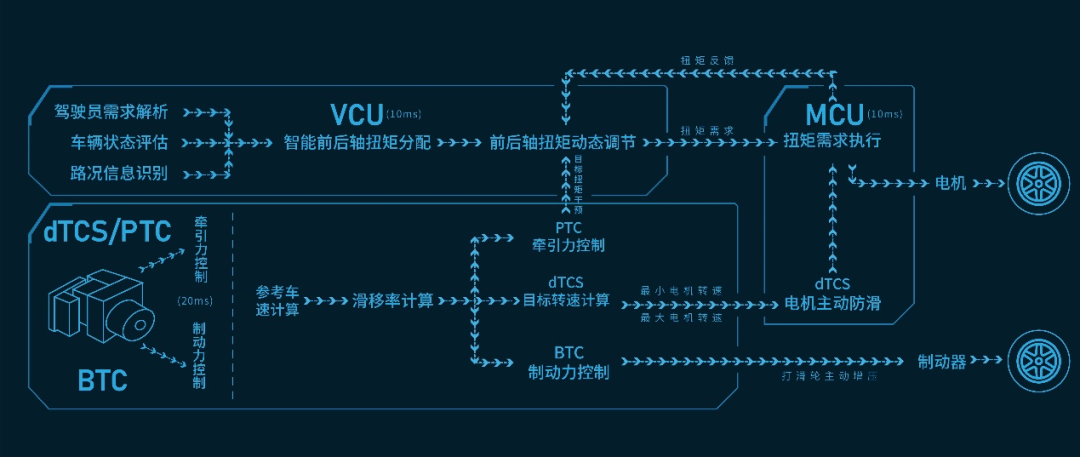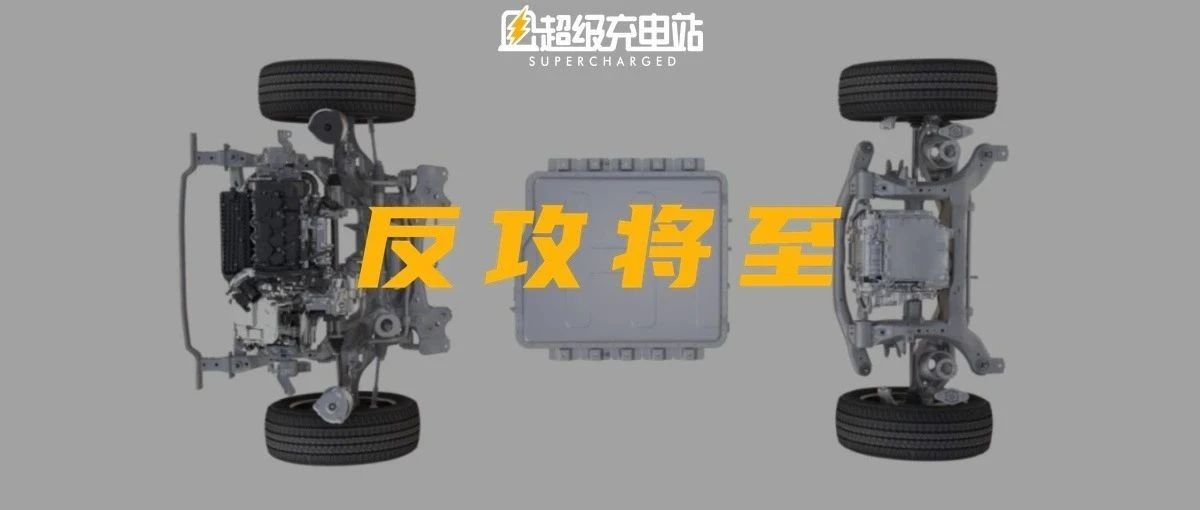Author: Dkp
I once came across a promotional slogan: So close, So beautiful, Going to Hebei at weekends. With the beautiful landscape on the poster, I’m really tempted.
Last Friday, before the end of work, I went to Hebei. But please don’t get me wrong, especially my boss, Mr. Chang Yan. I went to enjoy the scenery, but it was the scenery of the automotive industry with the dagger drawn.
Great Wall Motors has released a new hybrid technology architecture, adding more suspense to the already severe situation in 2023. Following Lenovo’s experience at Great Wall Motors in 2022, a classic quote from ‘Xiao Ma Ge’ echoed in my mind: “I must get back what I have lost!”
What changes does Hi4 have?
What are the requirements for hybrid technology that consumers choose and hybrid technology should meet? According to the survey of the new energy user requirements by Great Wall Motors, the top three important indicators are economy, power experience, and comfort experience.
Starting from the market demand, summarizing the characteristics of the mainstream PHEV architecture in the market, Great Wall Motors has targeted the dual-motor series-parallel architecture. Great Wall Motors believes that under this architecture, the coupling between the engine and the wheel always runs in a efficient area and there are no obvious shortcomings under various working conditions, and the fuel consumption performance is relatively balanced.
This hybrid system includes one drive motor for the front and rear axles respectively, one internal combustion engine, and a battery pack. The front axle motor is located behind the transmission, and the rear axle motor has a weight of 150-200kg.
In terms of power system, Hi4 provides two solutions: 1.5L engine (80kW) + 70kW DHT + 150kW rear motor, 1.5T engine (120kW) + 70kW DHT + 150kW rear motor, corresponding to two battery packs of 19.94kWh and 27.5kWh respectively. The system’s maximum comprehensive power can reach 340kW, covering A to C class vehicles.The head of the Great Wall Motors technology division said that both plans can achieve pure electric range of over 100km.
Regarding the engine, I think it is necessary to emphasize it.

The 1.5L naturally aspirated engine uses the Atkinson cycle, and the key point is that its compression ratio is as high as 16:1! I am very curious about the performance of this engine in actual vehicle, whether Great Wall Motors can solve the NVH problem brought by explosive bounce vibration, and also this car requires gasoline with a 95 rating. The 1.5T engine is based on an optimized previous generation and still uses the Miller cycle. DLC coatings and low elastic piston rings are added to reduce the internal friction and improve efficiency. Official data shows that the Great Wall Motors hybrid dedicated engine can achieve a maximum thermal efficiency of 41.5%.
Three Engines and Nine Driving Modes Covering A Variety of Working Conditions
The nine modes refer to the nine operating modes of the powertrain, namely engine driving the first gear, engine driving the second gear, pure electric two-wheel drive, pure electric four-wheel drive, engine-motor series connection, engine front-axle motor parallel connection two-wheel drive, parallel four-wheel drive, and single-axis and dual-axis kinetic energy recovery.
In theory, the nine operating modes have already covered most application scenarios. This strategy is also based on user research. Based on the characteristics of brands and models covering, the scenarios of Great Wall Motors users are relatively extensive, including both city driving and basin mountainous areas. Therefore, Great Wall Motors decided to cover as much as possible.

Regarding the specific operating conditions corresponding to different scenarios, Great Wall Motors has formulated the strategy in this way:
City driving
Pure electric two-wheel drive, series mode, driving in first gear
City driving with quick acceleration or hill climbing
Pure electric four-wheel drive, driving in first gear
High-speed cruising
Driving in second gear
High-speed acceleration and hill climbing
Parallel two-wheel drive, parallel four-wheel drive
Deceleration and braking
Single-axis recovery, dual-axis recovery
The core idea is clear: let the engine do what it’s good at, let the electric motor make up for the internal combustion engine’s shortcomings, and achieve high-efficiency energy saving. However, this is not the only criterion for Hi4, and battery SOC and overall vehicle power demand are also important standards, so there may be multiple modes to choose from in certain scenarios.“`markdown
Using city driving conditions as an example, under non-full-electric situations, the Hi4 pure electric mode accounts for 30%, the series hybrid mode accounts for 37.8%, and 32.2% is direct drive by the engine in 1st gear. Obviously, the engine intervenes in the advantageous area (40km/h-70km/h). The engine transmits kinetic energy to the wheels through the deceleration mechanism, theoretically improving transmission efficiency through engine characteristics and a shorter transmission chain.

Great Wall Motors believes that Hi4 can distribute power relatively evenly to the front and rear axles, which helps to avoid power concentration on a single axle causing slipping and power loss, and can also improve linear acceleration capability. Official data shows that the Hi4 has a 0-100 km/h acceleration time of 6.4 seconds and an 80-120 km/h acceleration time of 4.1 seconds.
In addition, dual motors for four-wheel drive can improve vehicle dynamic performance and certain passability.
Regarding the recovery of kinetic energy on a single or double axle, I understand it like this: the motor and battery are two indicators of energy recovery. When the battery’s energy level gap is sufficient to accommodate the front and rear axle motors for energy recovery, this will be a good choice.
Some speculations about future products
In 2022, Great Wall Motors’ annual sales fell compared to the previous year, and its SUV business suffered merciless and powerful competition from other brands. Therefore, it decided to “regain the lost things.”
Great Wall Motors’ first target will be the BYD Song PLUS series. Official data shows that the Song PLUS series sold a total of 365,102 vehicles in 2022, with sales of 35,741 vehicles in January 2023 and 37,961 vehicles in February 2023. Facing opponents of this magnitude, Great Wall’s pricing strategy should be carefully considered.
Taking into account the R&D costs of new technologies and new models, I have a question: how will Great Wall Motors balance costs?
When I was still organizing my thoughts to ask, Guo Tiefu, the PR general manager of Great Wall Motors, straightforwardly explained that Great Wall Motors will not abandon its past advantages, while also mentioning the need to “return to mainstream prices.” My understanding is that the new car equipped with the Hi4 system will maintain (at least) its previous level of NVH, passive safety, and interior materials, while also having competitive pricing.
“`In addition, Great Wall Motors believes that the dual-motor series-parallel hybrid architecture can also enhance the vehicle’s dynamic performance. For example, on wet and low-adhesion roads, the dual-motor four-wheel drive system can provide better power distribution. When driving on high-speed roads, the dual-motor four-wheel drive system can improve the stability of the vehicle when cornering.
According to current reports, Great Wall Motors has laid the groundwork for its upcoming new products, and it remains to be seen whether they will turn their “squat” into a leap forward.
This article is a translation by ChatGPT of a Chinese report from 42HOW. If you have any questions about it, please email bd@42how.com.
